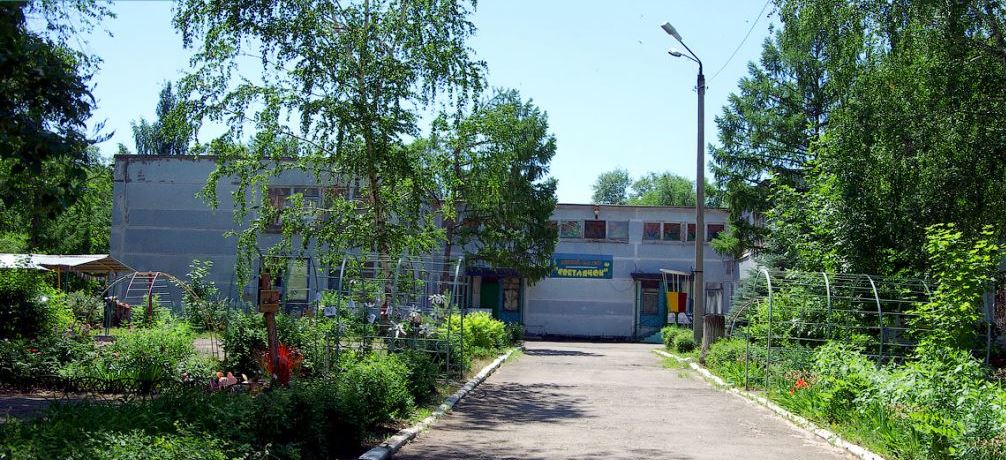Exercise For Weight-Loss
to be able to keep ourselves in shape that is good that we indulge in sporadic exercise regimens and fancy diets. When it doesn’t work, we become depressed, and binge ourselves to a far more round shape. The question is, can we control obesity effectively through exercise and dieting?
The body of ours demands a minimum number of calories daily, considered the basal metabolic process, to keep its essential functions for example breathing, keeping the heartbeat, and always keeping the brain functioning right. It’s all sound judgment — to lose weight we must burn more calories than we consume. The goal in any weight loss program is keeping our metabolism elevated as people with a high metabolism burn more calories throughout the day compared to those with a low metabolic rate.
The profitable technique in the battle of the bulge is making a winning combination of dieting as well as exercise. Dieting, whatever stylish label it carries — low-carb-high-fat or high-carb-low-fat — can only bring short term results, but to be able to remember the weight loss, exercise just can’t be done away with. The commercial diet programs slash the calories drastically and also retard the metabolic process (the body is put in a’ starvation mode’) and also result in muscle loss. Ultimately, the weight loss stops and any increase in calories that follows rebounds vengefully with a fast fat gain.
Unlike restricting diets, exercise — aerobic and weight training — raises the metabolic rate of yours and creates a caloric deficit without triggering the starvation effect. Aerobic exercises raise the heart rate of yours and add to the amount of oxygen that is delivered to your muscles. As your health level soars, you are going to notice you are able to do more physical activity without getting to be out of breath. To get the best from cardio exercise, start by performing a brief warm-up, like walking and riding a stationary bike, and then stretch briefly. Next, do vigorous physical exercise for twenty minutes one day, 3 times a week or more. Vigorous-intensity activity is some exercise which provides 70 % plus of the maximum heart rate of yours.
Vigorous-intensity activity is some exercise which provides 70 % plus of the maximum heart rate of yours.
You might have noticed that some bikes as well as treadmills at the gym use a setting which states «fat burning zone», the place that the environment for intensity or maybe speed is reasonable. The reason behind this’s the entire body burns up a greater portion of unwanted fat at a slow speed (or right after about 90 minutes of exercise). how to lose weight fast without exercise (fontsarena.com) much fat is consumed during exercise depends on the capability of the cardiovascular system to supply a sufficient amount of oxygen to the cells in sufficient time. Aerobic activity does not involve short spurts of energy. When you gasp for air, odds are you are most likely functioning anaerobically, or without a sufficient oxygen source to the muscle groups. Types of aerobic activity include walking, swimming, jogging, bicycling etc. The key point to remember is the better groups of muscles you choose to use, the more body fat you’ll burn.You can maintain a continued increase in metabolism possibly a few hours after you stop individuals who exercise on a routine basis produce more body fat burning enzymes than people that do not exercise at all. By doing just 20 minutes of fat loss exercises you get those fat burning enzymes working.
In contrast, anaerobic activity involves brief spurts of energy. Anaerobic exercise applies muscles at intensity that is high for a quite short time. They help us to put together stronger muscle groups and also enhance the cardio respiratory system by increasing the maximum amount of oxygen one may take in during training. They also increase the staying power to resist the buildup of waste substances for example lactic acid and improve the ability to eliminate them from the body.
When you’re strength training it’s a possibility to get smaller and heavier at the very same time. Muscle mass is a much denser tissue than fat. Following this sort of routine, it is feasible to gain about two kilos of muscle per week and lose aproximatelly 2 kilos of fat per week. The end result is the fact that the number on the scale may not move much at all, it could even go up. It’s now that lots of people will chuck the weight training because they do not understand the physiology of what is developing. The scale may be misleading at such times. Just keep going; you are actually doing great.
